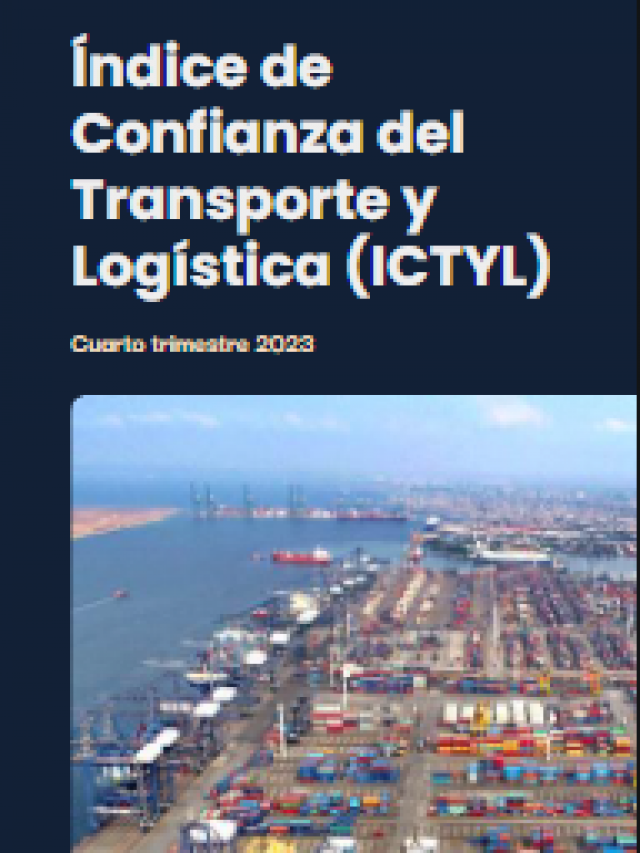 The Rail Transport Regulatory Agency (ARTF) stated that passenger trains will run on dedicated tracks , although there are approximately five kilometers of track that are “extremely difficult” due to their topography, so a mixed operation would be carried out.
The Rail Transport Regulatory Agency (ARTF) stated that passenger trains will run on dedicated tracks , although there are approximately five kilometers of track that are “extremely difficult” due to their topography, so a mixed operation would be carried out.
“There are places where, for topographical reasons, we have found it extremely difficult to expand the right-of-way—places with ravines, hills, houses, slopes, curves—and we simply cannot find the space to occupy the right-of-way and have a mixed operation there,” said Andrés Lajous, head of the department.
He explained that these five kilometers are part of the 750 kilometers corresponding to the first four passenger projects that have been announced and are located on the Mexico-Querétaro train route.
He also commented that they have found that there are interactions in places with industrial services, although depending on the demand for the new infrastructure, they intend to avoid the right of way or build infrastructure that allows them to “skip” these areas.
“In some cases where there is low demand for freight, and few freight services, we plan to create operating windows that ensure passenger and freight trains never coexist on the same track segment,” he explained.
During his participation in the bimonthly meeting of the Mexican Association of Railways (AMF) , he reiterated that the objective is to build dedicated tracks because ” we don’t want to share the tracks with freight . They are tracks adjacent to the freight tracks, so we can take advantage of the existing right of way and only in those places where we have to rectify the layout to achieve higher speeds are we deviating from that right of way.”
ARTF will be the ATTRAPI
Lajous reported that the ARTF will change its name to the Integrated Public Train and Transport Agency (ATTRAPI) once the federal government approves the reforms to the Railway Service Regulatory Law , the Organic Law of the Federal Public Administration, the Federal Roads, Bridges, and Motor Transport Law, the General Communications Routes Law, and the General Law of National Assets, regarding railways and regulatory harmonization.
He explained that these actions are due to the legislative initiative introduced in the Chamber of Deputies to modify the agency’s powers and the Railway Service Law, as well as the name change.
“Now, the powers that will be exercised will not only include those related to railways and railway operations, but also those related to public transportation,” Lajous said.
According to the proposal, ATTRAPI seeks to have the authority to exercise greater control over the construction, upkeep, and maintenance of railway infrastructure, ensuring its safety, efficiency, and durability.
Comment and follow us on X: @evandeltoro / @GrupoT21















